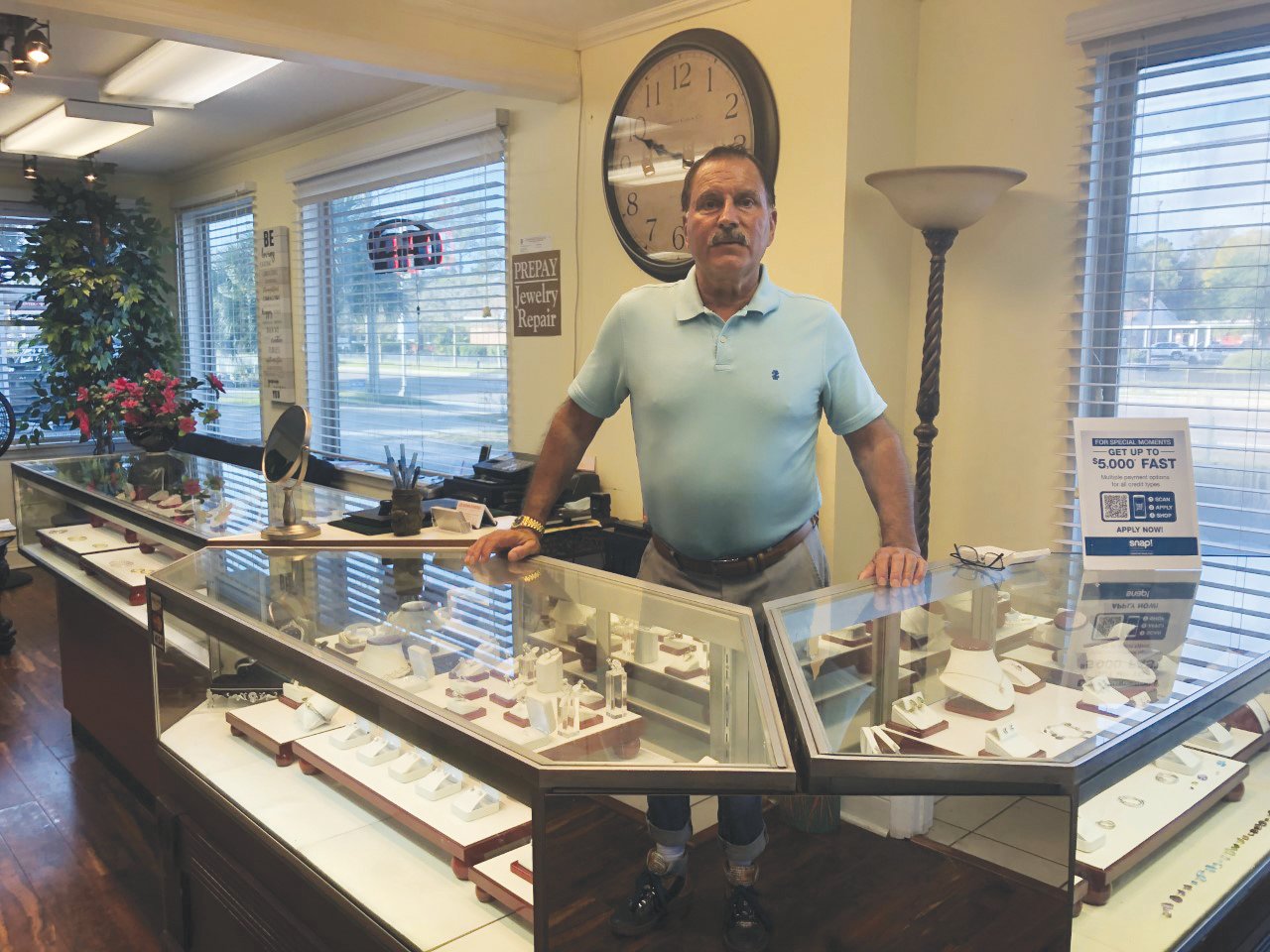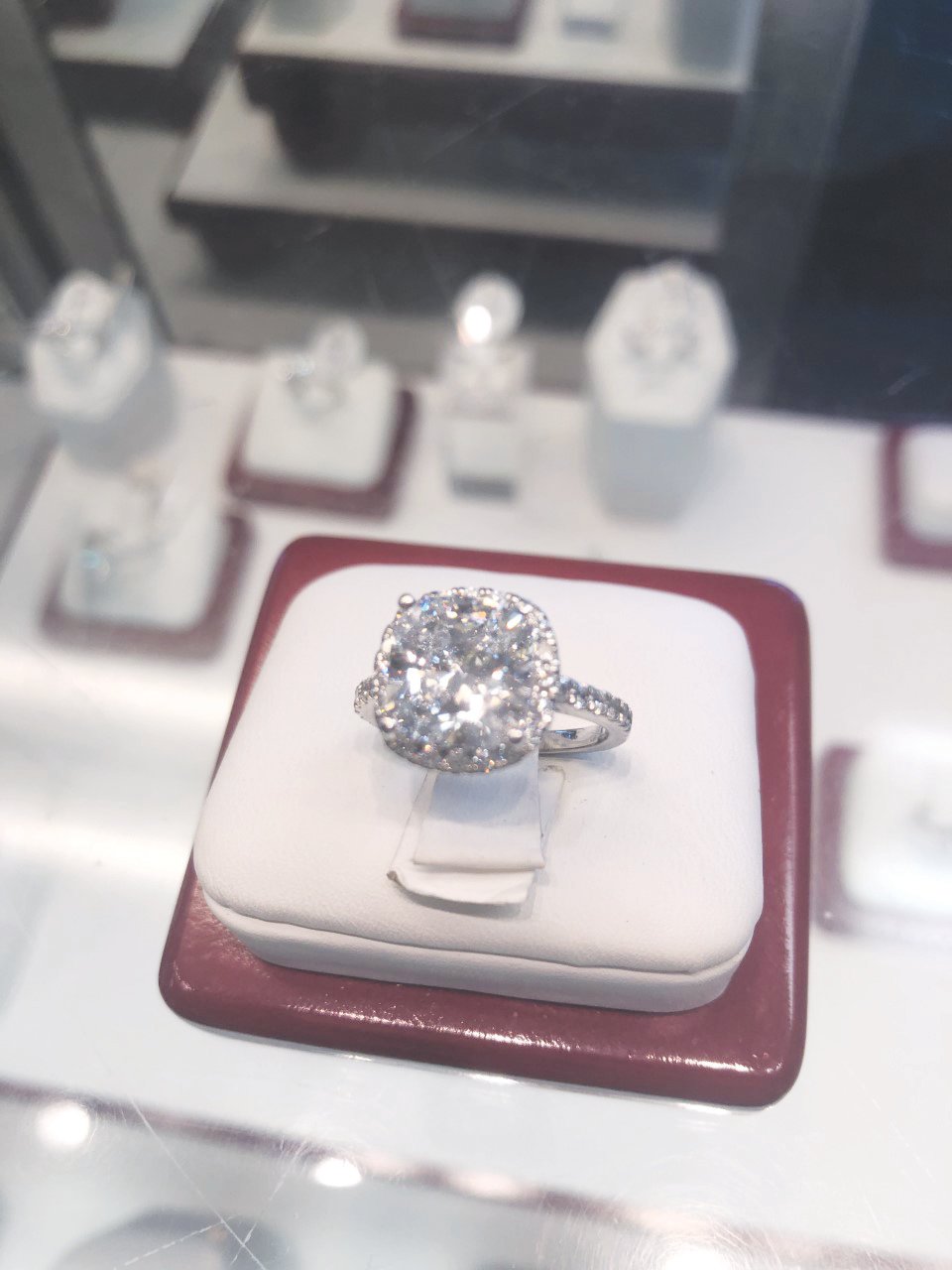Lab-grown diamonds can be a girl’s best friend – for half the cost
ORANGE PARK – Jim Dumas has been in the jewelry business for more than years.
“So basically I’m a master jeweler,” said Dumas, “(And) I make jewelry from scratch.”
Formerly of …
This item is available in full to subscribers.
Attention subscribers
To continue reading, you will need to either log in to your subscriber account, below, or purchase a new subscription.
Please log in to continueDon't have an ID?Print subscribersIf you're a print subscriber, but do not yet have an online account, click here to create one. Non-subscribersClick here to see your options for subscribing. Single day passYou also have the option of purchasing 24 hours of access, for $1.00. Click here to purchase a single day pass. |
Lab-grown diamonds can be a girl’s best friend – for half the cost
ORANGE PARK – Jim Dumas has been in the jewelry business for more than years.
“So basically I’m a master jeweler,” said Dumas, “(And) I make jewelry from scratch.”
Formerly of Underwood’s Jewelers and Master Jeweler in Orange Park, Dumas now operates LAB GROWN Diamonds: Everything You Want in a Diamond at Half the Price.”
So what is a lab-grown diamond? First of all, Dumas said diamonds at his store at 807 Park Ave. are 100% real diamonds.
“Lab-grown diamonds have the same chemical, optical and physical properties as mined diamonds. They have the same molecular level and produce the very same durability, fire and sparkle found in all diamonds, except they are made in a lab instead of forged through millions of years of heat and pressure below the surface of the earth,” Dumas said.
To create the natural process of a diamond formation, the pressure must be equivalent to the pressure 2,100 kilometers below the earth – most of the way through the mantle, and the temperature must be about 15,000 degrees Celsius. To put things in perspective, that’s hotter than the surface of the sun. All in all, it takes about two weeks to several months to create a lab-grown diamond, depending on its size. And they can come in a variety of shapes and colors, Dumas said.
“They’re growing them up to 10 karats. They cut it, shape it, all that stuff. And they’re able to grow them in a range of colors, so if someone wanted a five-karat pink, heart-shaped diamond, we can do that.”
On the market today, natural pink diamonds can go up to $100,000 a karat.
“They are so rare that if you have a natural pink diamond that is four to five karats, you’re talking millions. So with this scenario, we can grow a four- or five-karat pink diamond in whatever shape you want for $50,000 or $60,000 as opposed to $4 or $5 million,” he said. “The only real difference is the price tag.”
In the last few years, lab-grown diamonds have taken over the industry as millennials, and now Gen Z, have become the top purchasers of diamonds for engagement rings. In 2021, synthetic two-karat diamonds outsold natural two-karat diamonds worldwide. The growth is expected to continue as more jewelers start to sell lab diamonds and more labs are launched, especially as the world’s biggest jeweler, Pandora, recently announced that they won’t be selling mined diamonds anymore.
“It’s a new industry. I think it’s going to take up more and more of the business. It’s just a matter of people knowing about them,” Dumas said. However, this begs an obvious question: if synthetic diamonds look exactly like naturally mined diamonds on an atomic and molecular level and are impossible to tell apart, does this open doors for counterfeit gems?
“It’s going to create a problem in the future because there are people who might buy lab-grown and try to sell it as natural. You’re either a crook or you're not. If there are people out there looking to cheat people, they can buy lab-grown and not tell you it’s lab-grown and have a lot less money in it and sell it for what a natural would be,” Dumas said.
However, Dumas believes that the possibility of good outweighs the bad.
“A lot of people have died mining diamonds, whereas this is more sustainable. No one’s out there digging in a mine, tearing up the earth. It takes millions and millions of tonnage to dig for diamonds, whereas lab-grown diamonds are machine-made,” said Dumas.
An estimated 250 tons of earth is shifted for every single carat of diamond causing spikes in greenhouse gas emissions and water pollution.
“But that’s not the only problem that mined diamonds,” said Dumas. “You also have Blood Diamonds out there, too.” Blood Diamonds, also known as “conflict Diamonds,” are stones that are produced in areas controlled by rebel forces. Blood diamonds are often stolen during shipment or seized by attacking the mining operations of legitimate producers, smuggled into the international diamond trade, and sold as legitimate gems to fund their military efforts.
With the rise of lab-grown diamonds, jewelry wholesalers are trying to eliminate this. With more mined diamonds coming off the market, lab-grown diamonds can be used for environmental and humanitarian benefits, as well as economic ones.
“There’s really no reason why you wouldn’t want to buy lab-grown diamonds,” Dumas said.











